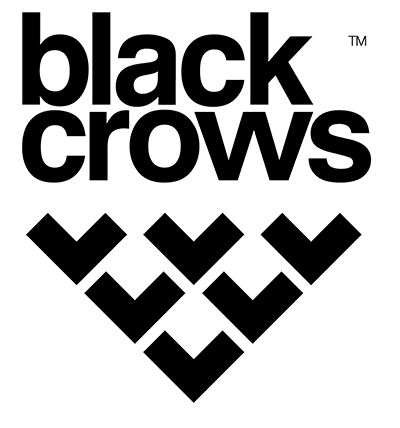Kia ora
ko whangarei te whenua
ko manaia toku maunga
ko hatea toku awa
ko université de lausanne toku whare wananga
ko michael bollen ahau
Tena koutou katoa
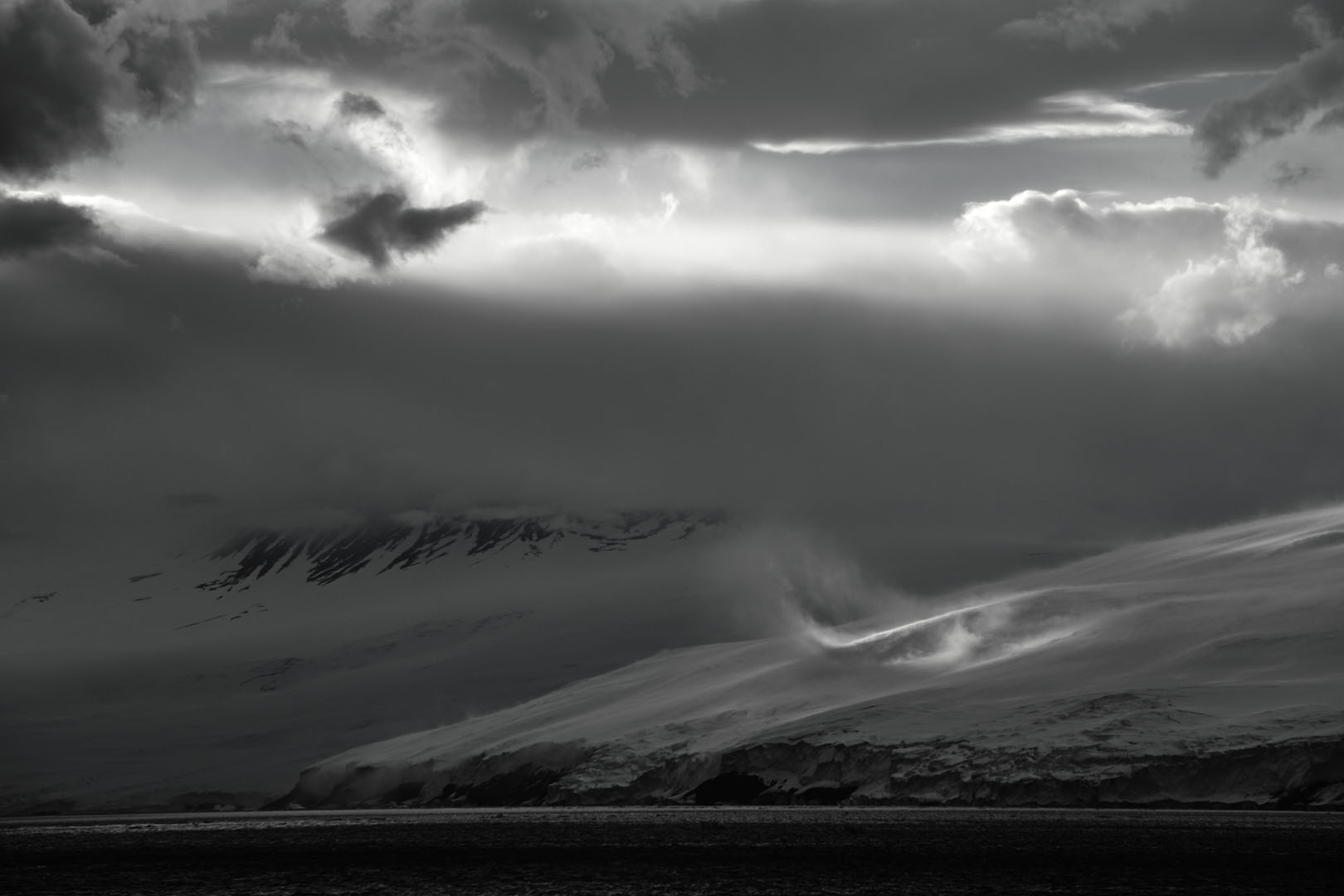
Welcome,
I’m a kiwi – born in Whangarei, NZ,
Manaia is my mountain and the Hatea is my river,
I’m currently a PhD student at the University of Lausanne,
I am Michael Bollen.
Thanks for being here, greetings to you all.
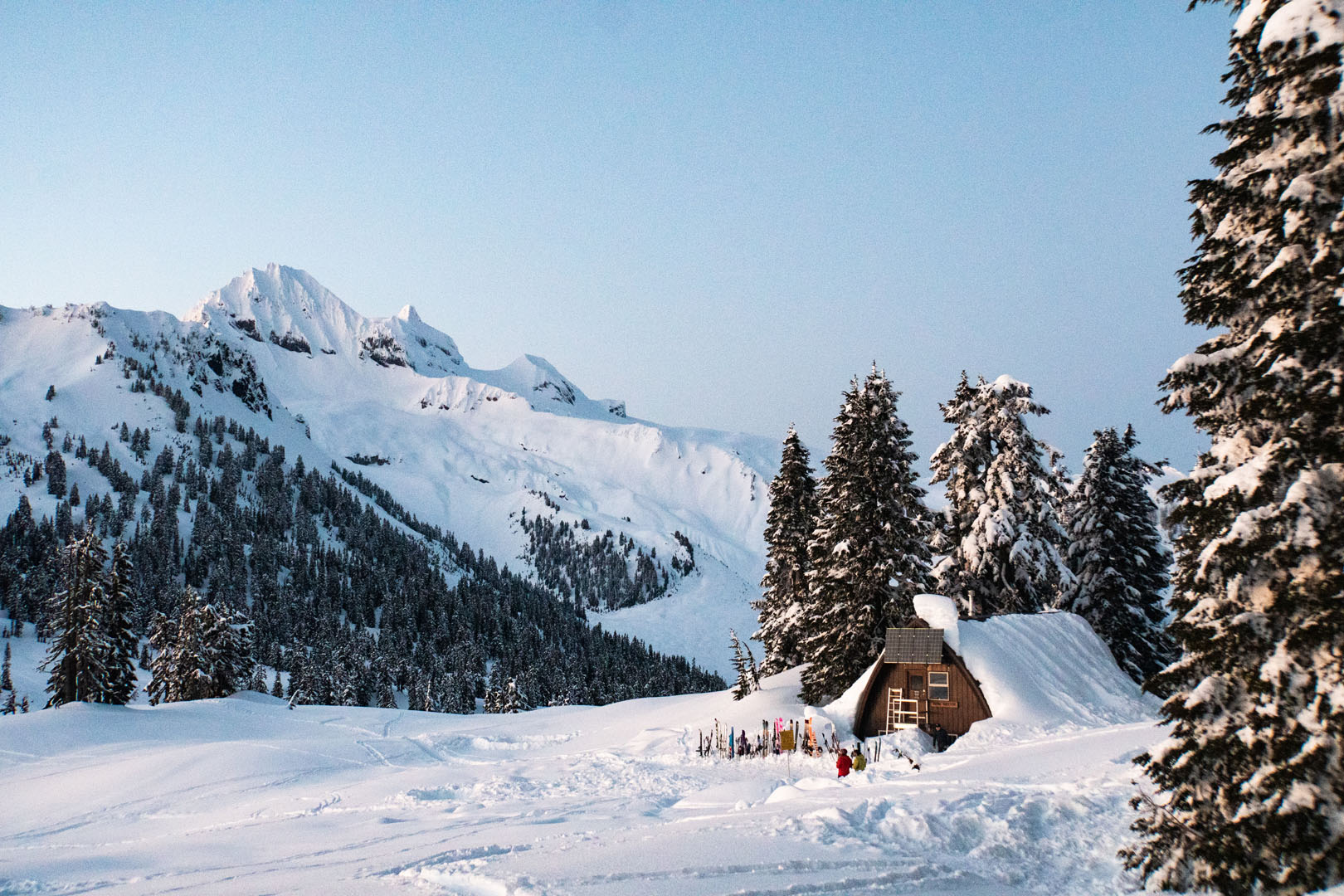
The old wooden hut creaks and groans under the weight of the snow piled high. It’s gasping for air, drowning in a sea of white. They grow louder, more ominous this time… Will it survive the winter? Is someone there to clear the roof? To dig out entrance?
The storm rages on…
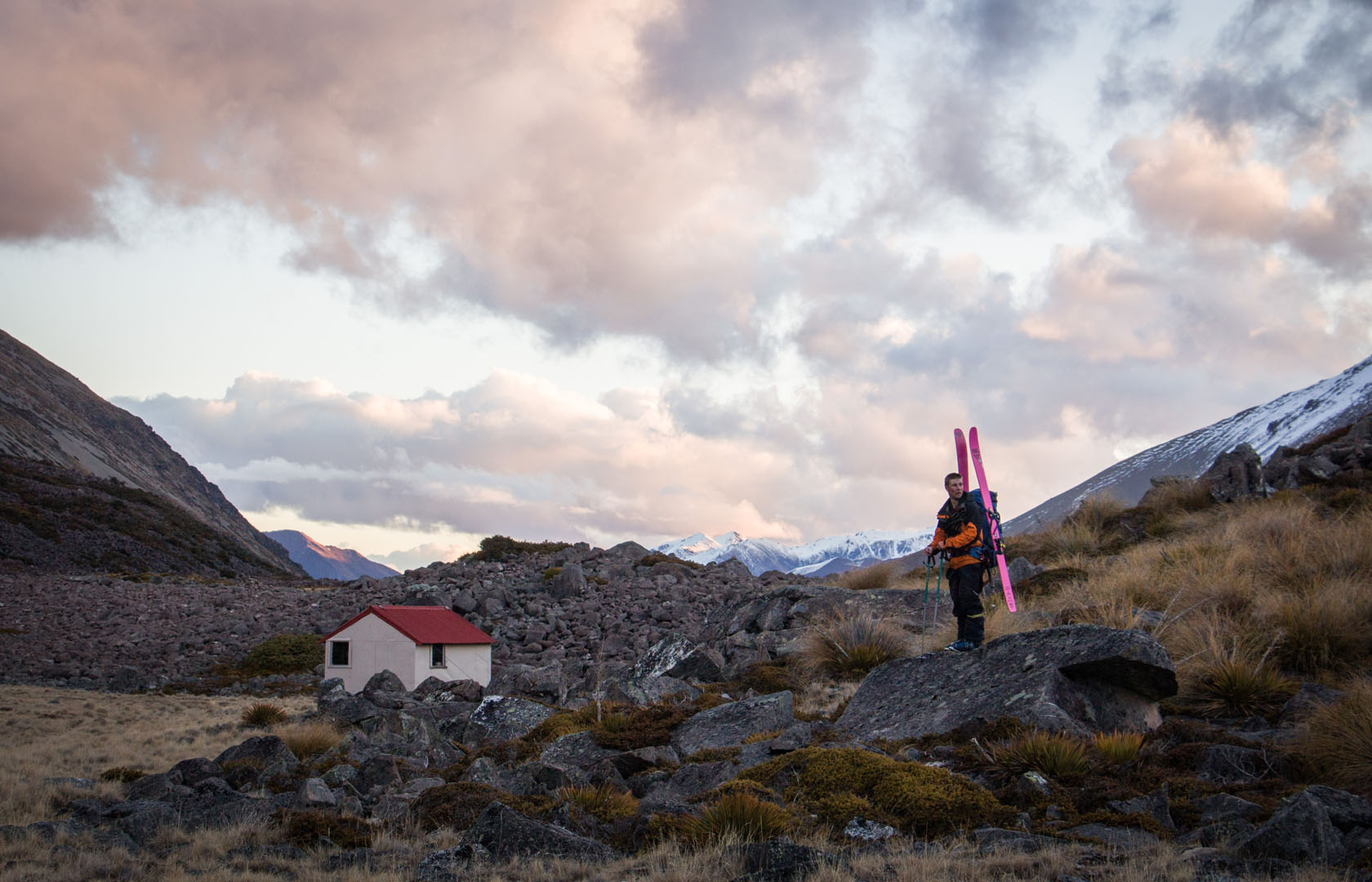
In Te Ao Maori (the Maori world-view), there is a philosophy known as Te Whare Tapa Wha (The Four Walled House). Simply described, it is a picture of the holistic view of health and wellbeing, which acknowledges a fundamental interconnectedness between seemingly independent realms of the human experience.
Physical health (taha tinana),
Mental health (taha hinekaro),
Social health (taha whanau), and
Spiritual health (taha wairua).
The walls are built upon, supported, and indeed rooted in the land (whenua).
When all is in balance (hauora), the four walls act to hold each other up and preserve the house. A place of comfort, relaxation, and safety. However, when a wall is neglected, the integrity of the whole structure can fall into jeopardy.
But wait – this is a Blackmail, so what does it all have to do with skiing? For some, the link will be clear. For the others, bear with me, and I’ll walk you through my ponderings.
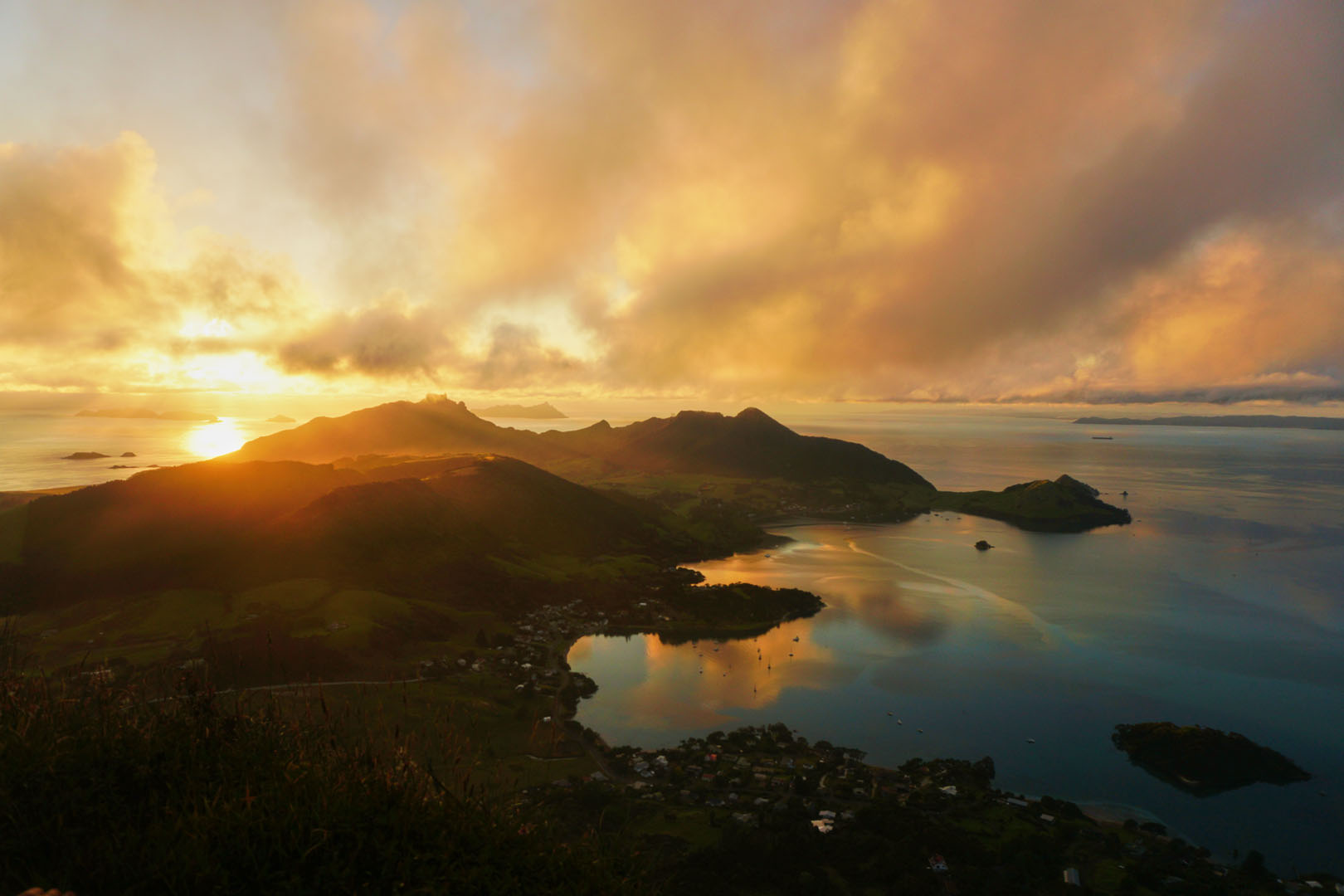
The beginning.
As a grommet and indeed most of my life, I’ve been incredibly blessed with living in a beautiful country, with a loving family, and relative wealth. The oldies bear an inspiring passion for the natural world; Mum, a lover of birds, plants, and flowers. Dad, constantly in awe of the mountains, rivers, beaches, and all manner of creatures great and small. We were raised in the country, Maungatapere, where we planted a block of avocado trees, and were custodians (kaitiaki) of a beautiful native forest. My parents made endless sacrifices for us, and worked hard to provide medical care to a community that desperately needed it. They provided us the best start that they could manage, while ensuring that we understood the nature of life and just how lucky we were to be born in such a situation. To keep our eyes open to the injustices in the world and be prepared to fight for those who can’t.
Growing up in nature, as a part of the church community, with an emotionally supportive whanau (family), and a great extended community, I was blessed with a strong start. A good house.
But life is never so simple. So clean. So painless. Because throughout all the goodness, there were other problems. Life happened, and things got messy. There were cracks in the foundation which would remain dormant for quite some time. Left untreated, they continued to grow in the shadows. Until eventually, the house came crumbling down.
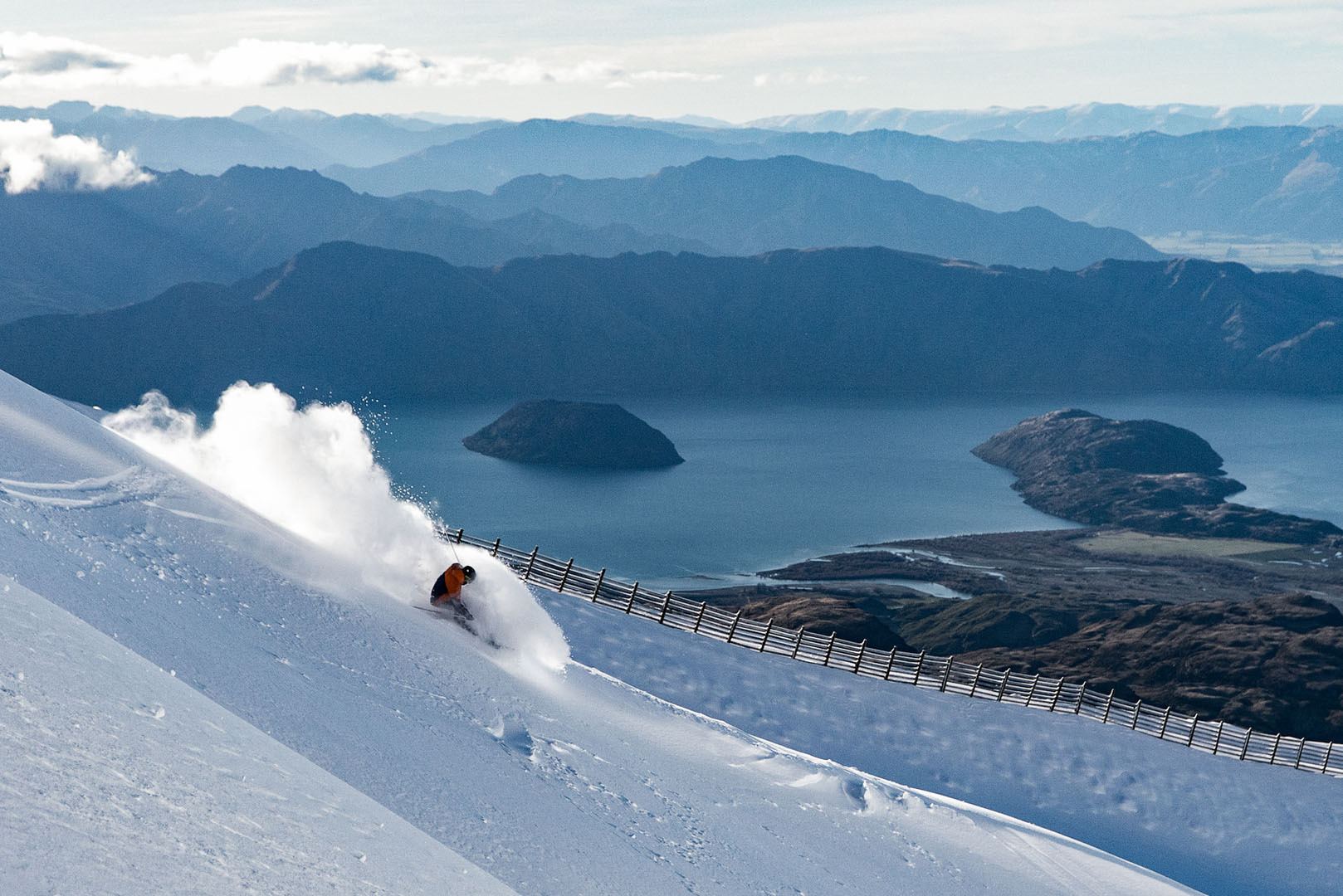
The collapse
You may have recognised by now that the hut described in the introduction was a little more metaphoric than literal. It was me. My mental state. My health.
I was newly 18, moved to a different island, and working as a cherry picker when it all came to a head. While at school, I kept so busy with sport, friends, study, and boarding school shenanigans that I never really had time to think. But faced with 9 hours per day standing atop a ladder in the silent orchard, time was all too available. My mind started racing, and it wasn’t happy. Processing… Processing… Processing…
The traumas of my youth caught up with me, and the cracks started to show. Waves of depression, anger, and suicidal thoughts would roll through. An endless barrage.
In the years to come, I moved to university and found my coping mechanisms. In retrospect, I guess that everyone else was doing the same. We all fought different battles, but found the same “ammunition” to fight back. A lawless city of sex, drugs, and rock & roll, where couches are burned on the street for warmth. The days blurred together – playing, working, and drinking. Everyday, I woke to push my limits and improve in skill. I pushed deeply into the adventure sports, and whether it was skiing, white-water kayaking, climbing, surfing, skating, mountain biking, hiking, or jumping off things, the sky was the limit – and I wanted to get there.
From the outside, it was a picture of healthy drive (minus my diet of milo cereal and microwave noodles). But it was all a façade. An elaborate ruse. Pushing my body and mind to the absolute limit was required to break into the ever-desirable flow state, a zone where time slows down and nothing else matters. A wide-open canvas, ready to be painted. The flow state was a place of escape from my own reality, and that was a huge part of it’s appeal.
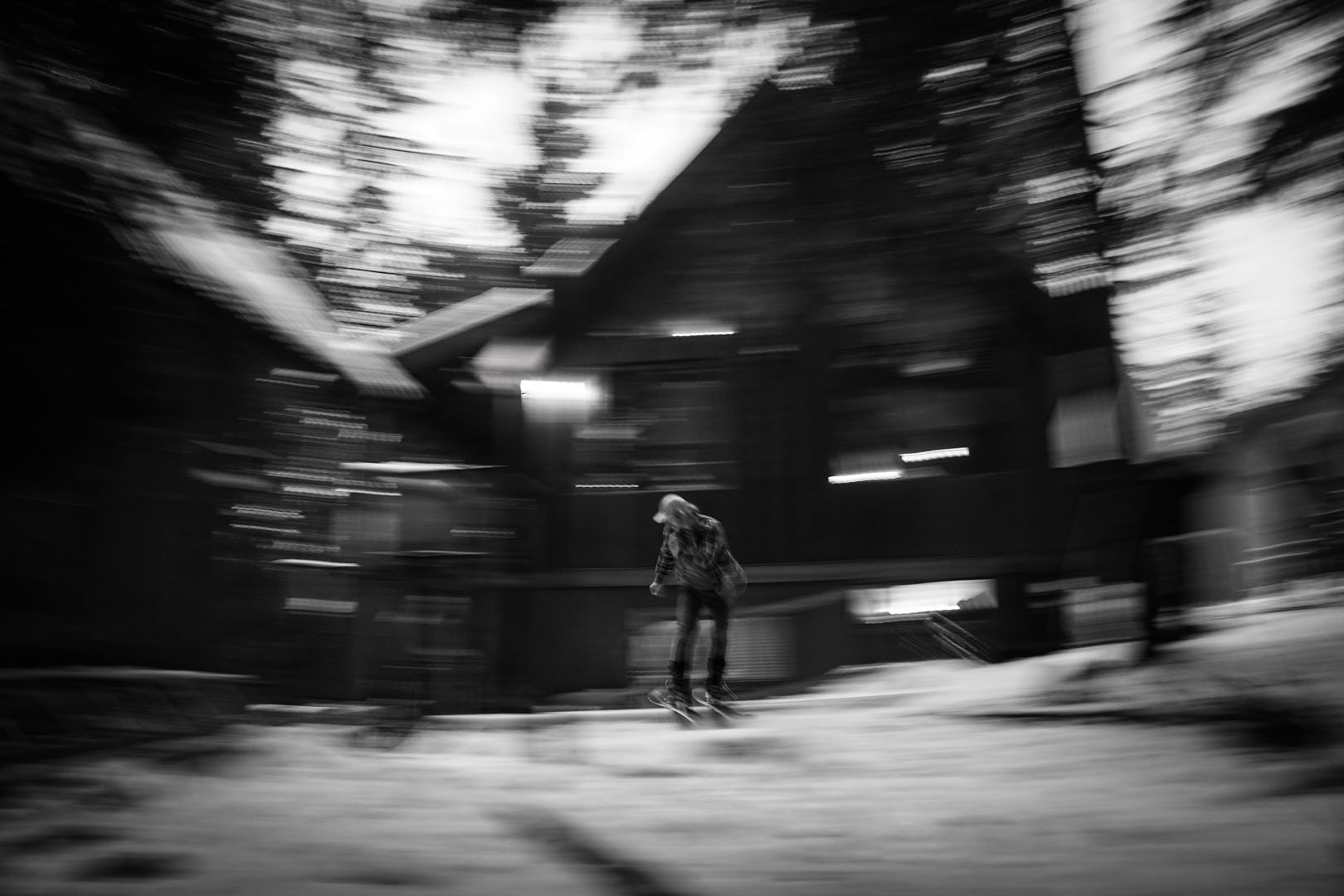
My experience was not solitary, and one that I hear time and time again in this community. I recall hitch-hiking down the mountain after a beautiful day on the hill in 2016, as I began to earnestly fear for my life as the driver discussed his suicidal thoughts, nay, desires, in the face of a messy break-up. “I clip in, point it, and the bullshit can’t keep up. For a few minutes, I’m free… bliss. Freedom. Happiness even. But the chair comes faster every lap, and the wave slams again, again, and again… Just in time to sit in silence and misery, waiting to clip back in at the top just to feel that peace. Then the day ends and I just don’t know what’s left to do. It’s shit man.” I didn’t even realise that I was doing the same thing.
Back then, I just believed it to be utopia. My perfect life. Emotions suppressed so heavily that not even I knew what I was truly battling. The reality check would only come after a few beers, and chatting with some real friends. With our guards dropped, we started sharing real conversations, and for a minute we’d realise that we were all in similarly sinking boats of mental illness, frantically bailing water but never stopping to patch the hole. But eventually everyone gets tired.
Action sports and mental health
There is a growing body of published research looking at the relationship extreme sports athletes have with personality and hyperactivity disorders. The research indicates that levels of ADHD (Attention-Deficit Hyperactivity) and BPD (Borderline Personality) are significantly more prevalent in our extreme-sport communities. The evidence suggests that the motivations for people to take up action sports in their truly “extreme” capacities relate to the emotional regulation of symptoms, through activities that utilise the brain’s full capacity and require “hyperfocus” associated with adrenaline release. The hormonal response related to the release of adrenaline and dopamine in action sports can temporarily improve the chemical balance in the brain, improving mental stability, clarity, and positivity.

But it’s not all good news. The reliance on an adrenaline response comes with its own risks, as those affected are also more likely to participate in other risky behaviour – drink driving, narcotics addiction, theft, gambling, and dangerous sexual behaviour. These mental complexities also result in increased rates of depression, suicide, and severe accidents.
No doubt, there is also an ineffable, pure draw to action sports. We all know that they are worthy of enjoyment in their own rights. But the connection with neurological status does remain for many, especially those in the elite categories, or striving for it.
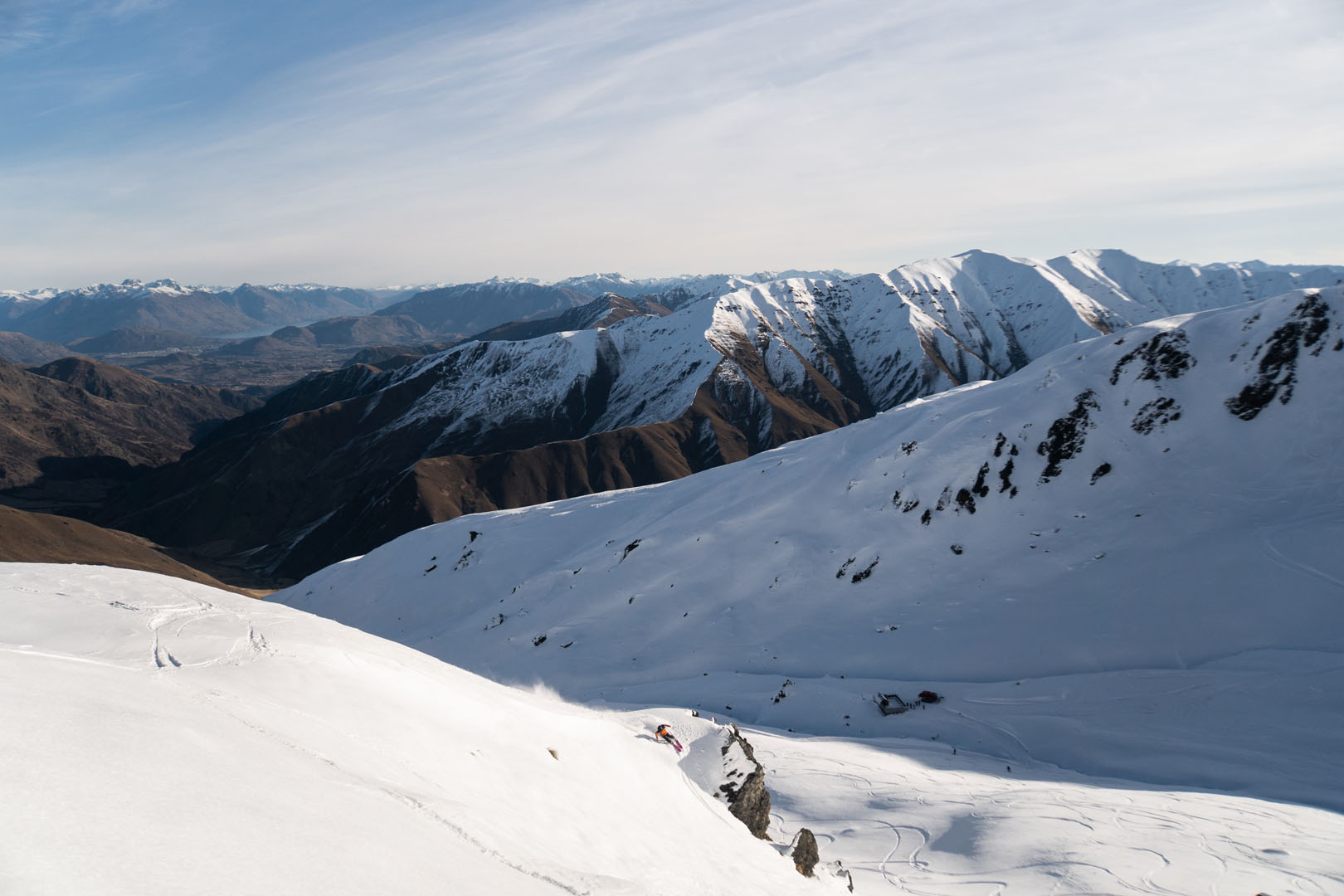
The situation in our community
Recently, I went to support some friends at the FWQ Verbier 4*. One of the young up and comers was talking about taking the plunge and moving to Canada. “Bro, it’s going to be epic. Bottomless powder, of all varieties.” I looked at him. Shining eyes, the world ahead of him, living a dream of back-to-back winters with a supportive family and incredible network of friends. And he was maybe most excited for cheap cocaine. We had a chat around the table, and I tried to pass on some of the little hard-fought wisdom I’ve picked up on my journey.
I had a reckoning of my own on moving to Canada for a season a few years back. With a DIY tube setup in the backyard, and 13 odd all-time best mates from university in a 4-bedroom house, Pinetree Lane was the place to be. It was just before Christmas when I arrived, and the festivities were in full swing. We arose to 45cm of Whistler’s finest. Conditions I had dreamed about for the years prior. Everything had led me here. It was to be a perfect day – except my joy never left the house. Instead, a black dog shadowed me, stalking me from every tree and crevasse – a cloud of misery, self-pity, and despair. I was angry, and for good reason. I had robbed myself of the enjoyment of a moment I had anticipated for so long. This was for me the price of an alcoholism rooted in social anxiety, depression, and trauma management. It was also the day I’m grateful for, because it was the day that I made a change.
So now, back in Verbier, I hesitantly threw a comment out to the table of 10-or-so competitive riders and professional skiers, and suggested that the majority of people chasing this life are all struggling with mental health issues, seriously susceptible to addiction, and incredibly susceptible to poor life decisions in the face of peer pressure and the next high – physical or chemical. The response amongst the crowd shocked me –
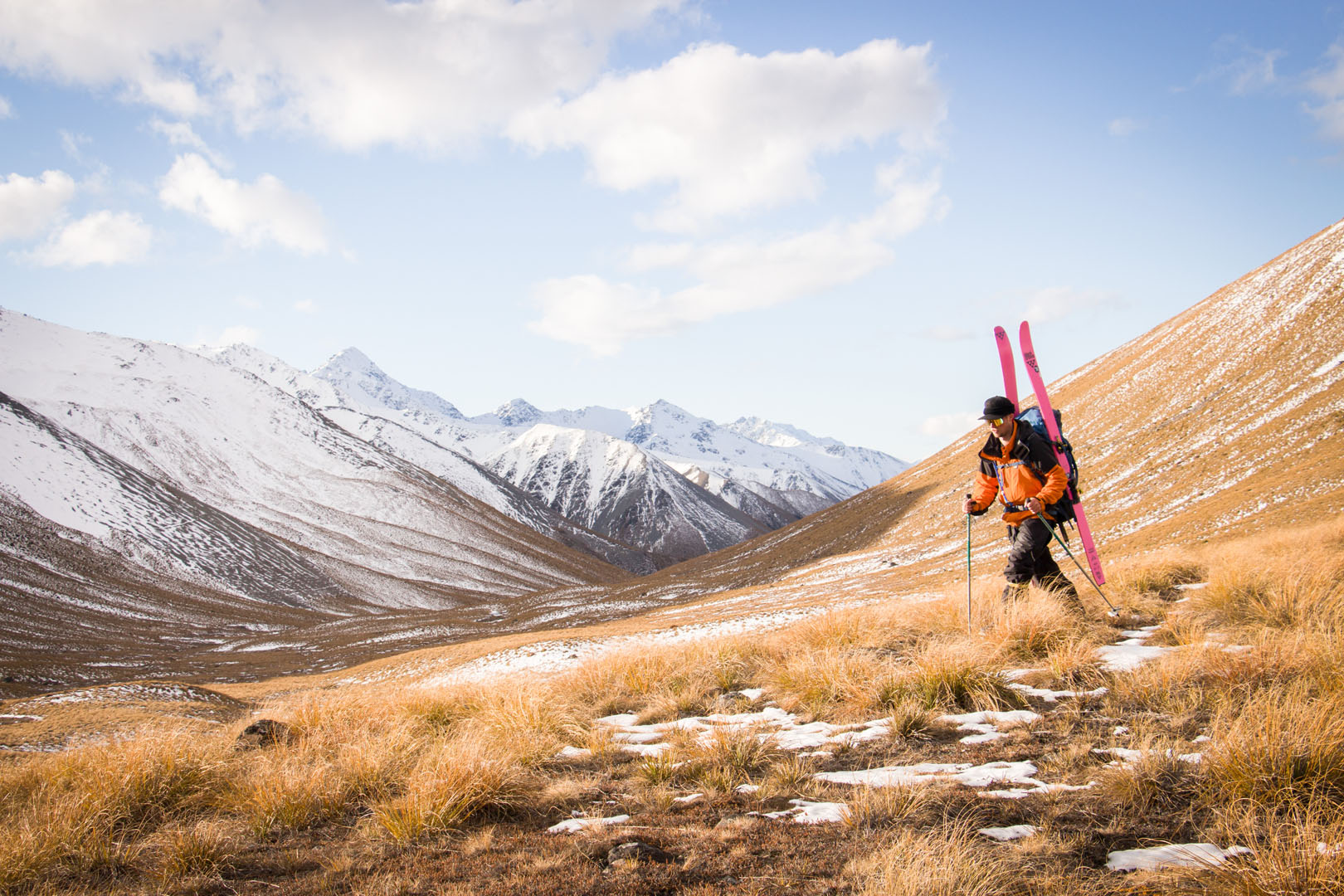
universal acceptance and agreement.
So, if we all agree, what then do we do about it? How do we go forward responsibly and educate the community, aiming for better mental health and suicide outcomes, especially for our most vulnerable demographics? How do we coach our youth to recognise the importance of all the aspects of hauora?
The approach isn’t new, with similar ethos present in ancient Greece, China, and India. Hippocrates, in his most important contribution to modern medical science, wrote:
“health is similarly defined on the basis of an equilibrium, achieved between environmental forces on the one hand (wind, temperature, water, ground, food) and individual habits on the other (diet, alcohol, sexual behavior, work and leisure). The “internal” equilibrium … depends on the “external” equilibrium between a person and his/her environment.” (quoted from Yannis Tountas)
So, we see that this view has been around for at least a few thousand years, and I would argue that humanity strayed from it relatively recently in the post-religious age, and is now returning to the mainstream with the advent of the WHO Ottawa Charter. But whether you are religious, scientific, or neither, I think it’s easy to see that maintaining physical and mental health is easier within a genuinely loving and supporting social network – whether friends or family.
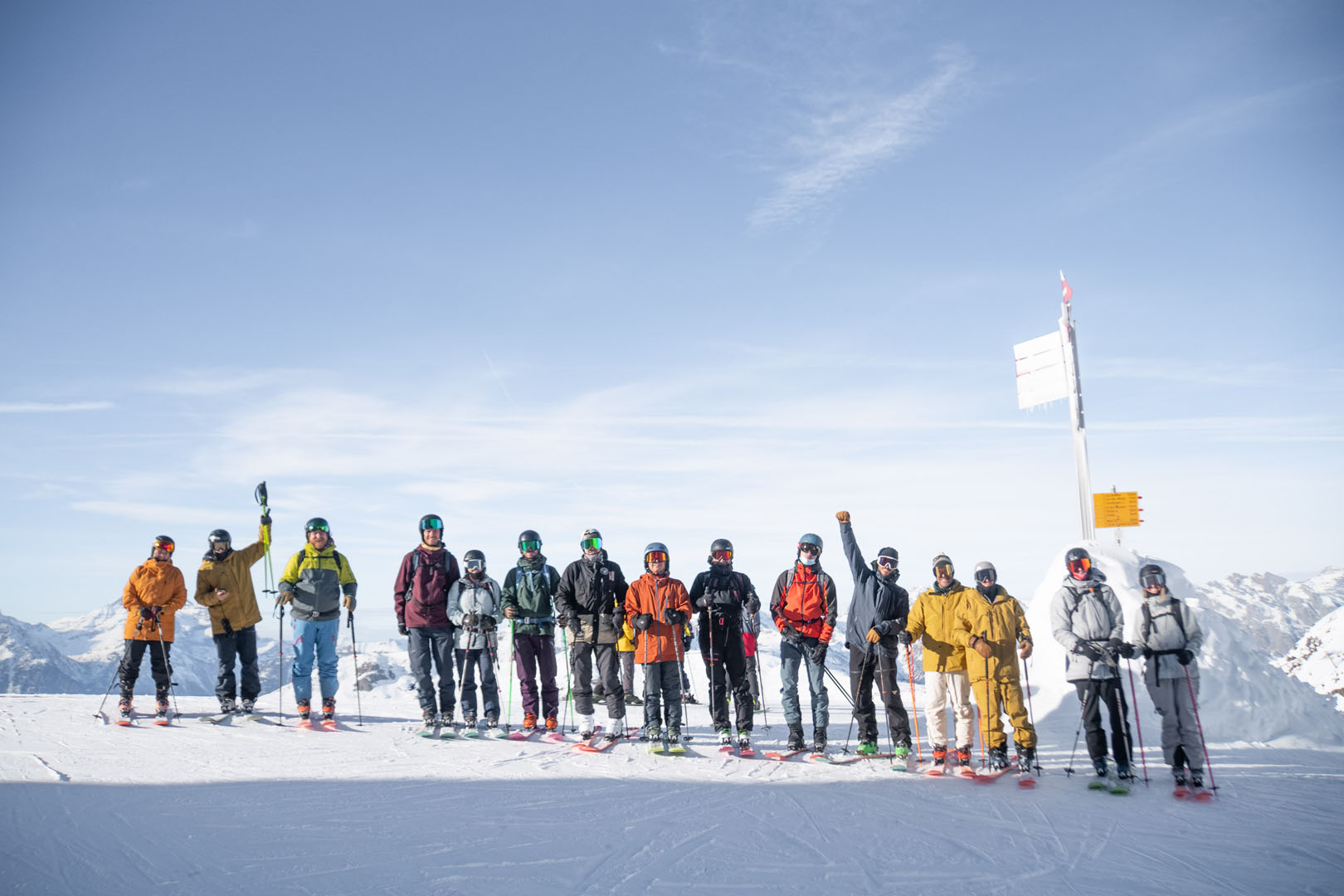
The lodge – Hauora in snowsports
There is a correlation between extreme sports participants and poor mental health outcomes, but fortunately, correlation does not equal causation. In fact, it joys my heart to know that the same people who are vulnerable and struggling have found such a fantastic community and activity which I believe has the possibility to rebuild the very foundations of a broken life. So let’s first investigate how the world of snowsports affects, damages and helps us as individuals and a community, and then how we, as a community, can rebuild and create a glorious city that is safe from the storms of life.
Physical health (taha tinana)
This one is easy. Skiing is one hell of a physical exercise, and if riding the chair isn’t burning you out sufficiently, I suggest setting into the backcountry and breaking the trail for a while. The snowsports are a perfect balance of neurological and physical engagement, and it has instant feedback (read: burning thighs) which will let you know if you’re in sufficiently good condition or otherwise. And the best part, IT’S FUN! Working out with a smile, you’ll forget all about the hard work until you crawl into bed, exhausted and smiling.
Social health (taha whanau)
The social benefits of skiing are very clear to me, coming from New Zealand where we are blessed with a uniquely friendly and community focused snow-sports industry. The joy of old friends coming together over a shared love of sliding on snow is incredibly pure, and beautiful to witness. But beyond the obvious superficial friendship and fun, it provides a means to encourage, support, and challenge each other to do better – both on slope, and in life. In the backcountry, the trust associated with managing avalanche danger and general hazard generates a deeper relationship than can be obtained on the streets, classroom, or office. And this builds a safe space for communication – because if you can discuss the deadly impending hazard of a hanging serac overhead, so too can you discuss the equally life-threatening depression and struggles in the day to day.
Therefore, we should aim to keep open doors to new team members and friendships, while working hard to maintain and grow the deep relationships that are already present.
Also, a side note, make it inclusive for everyone. Call out misogynistic bullshit and bullying. Encourage, welcome, and support members of marginalised communities. We have something pretty special, and it’s a gift to be able to share it with more of the world.
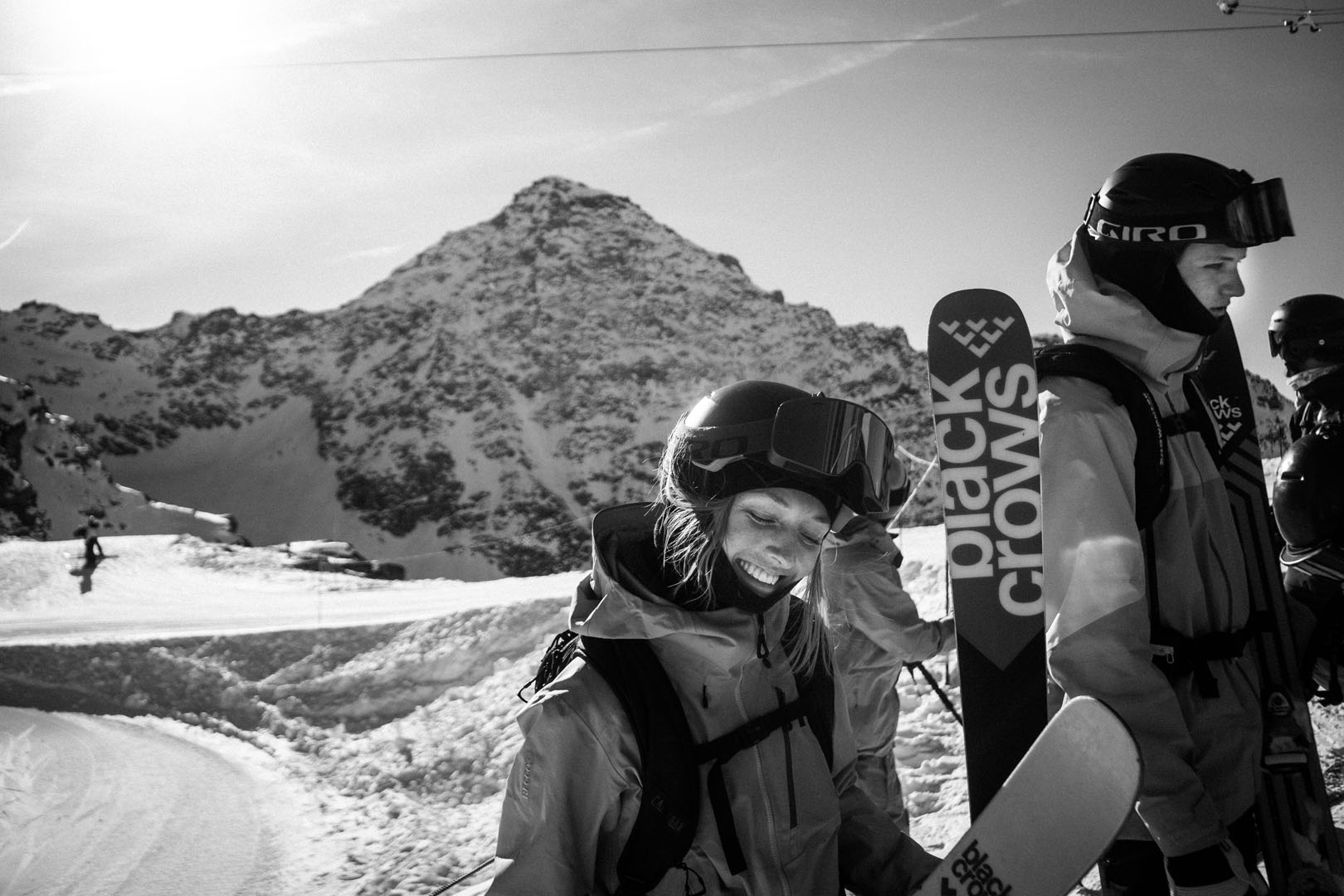
Mental health (taha hinekaro)
Skiing is a great distraction, no doubt. But it isn’t a solution, it’s just an extension for a deadline that’s still looming. So how do we help solve the problems underlying?
Let’s talk about it more. I recently attended a town hall discussion / forum regarding mental health issues in a tight-knit mountain town, which brought together a smattering of mental health professionals and athletes to discuss the challenges all too prevalent. This simple act kickstarted a discussion in the public sphere which continues to this day. Suddenly private battles were brought into the light, the feeling of isolation and helplessness was lifted, and our tamariki (youth) saw that their ”bulletproof idols” actually had weaknesses.
I’d like to shout out to a few noteworthy athletes who have fought, and continue to fight these demons and share their experiences publicly (Drew Peterson, Hank Bilous, and Jess Kimura to mention but a few). My gratitude for your words and actions cannot be accurately expressed.
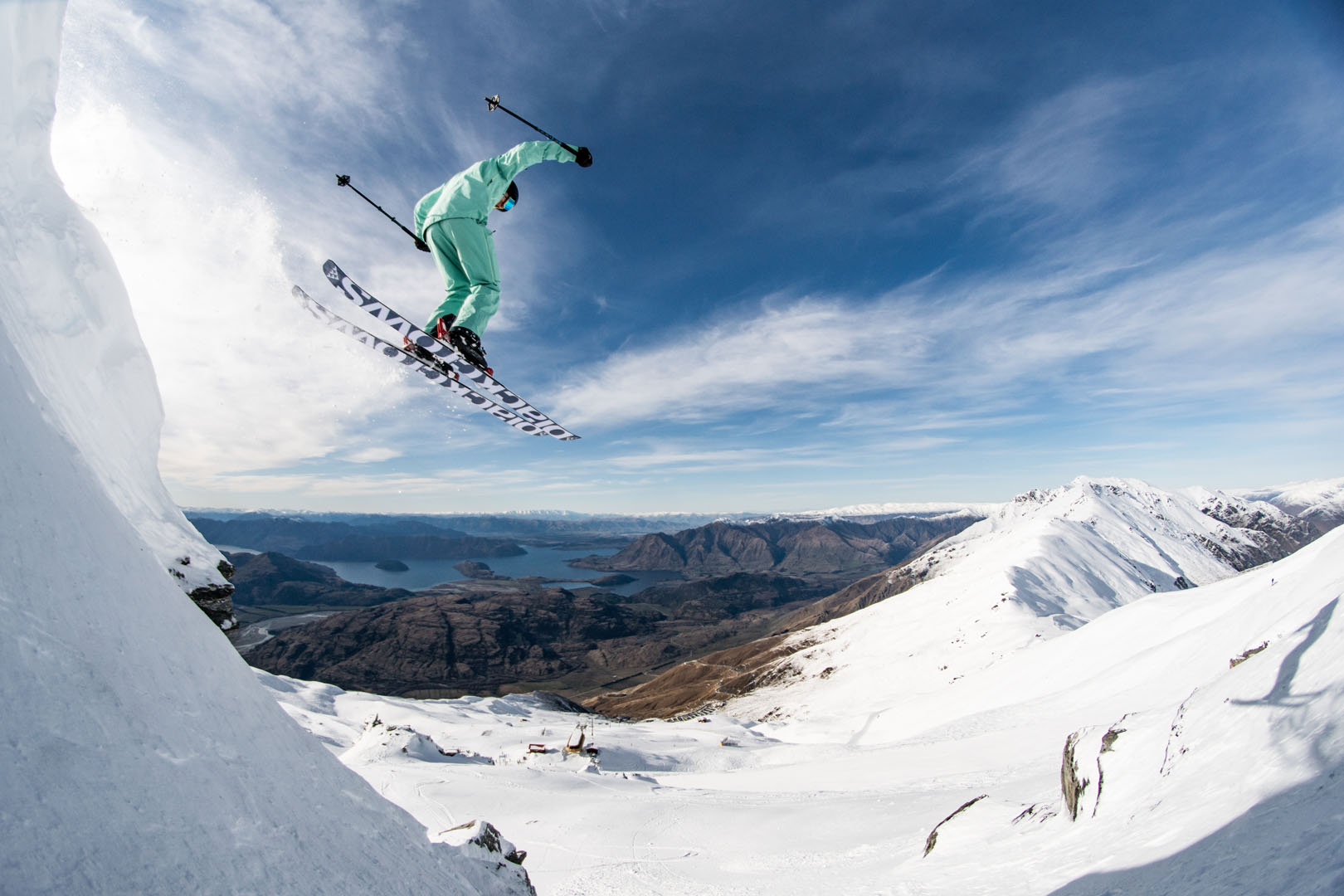
Spiritual health (taha wairua)
This one is more complex, but I think it still comes into play in this sphere of outdoor activities. From the simple amazement and appreciation of beauty, to the “spiritual experience” of floating through bottomless powder, I think many people in the action sports world have an awareness or suspicion that there may be more to the world than what we can fully and tangibly understand.
Land (whenua)
There are few in the world who can immerse themselves so fully in the natural environment, and make use of her every feature quite like a skier. We can appreciate the geological processes that formed such stunning mountains, the climatic patterns that adorn her with a magical winter coat, and the weather system that broke open the sky to reveal a cold and crisp bluebird day. And then we dance with her, revelling with each turn, air, and grab. We are intrinsically intertwined. And this (literally) grounds us. The mountains will not leave. They are the providers of our clean water, our grocery store for fresh meat, our playground, our home. It is no surprise that in Maori culture, the ancestral maunga (mountain) is a key component of any formal introduction. 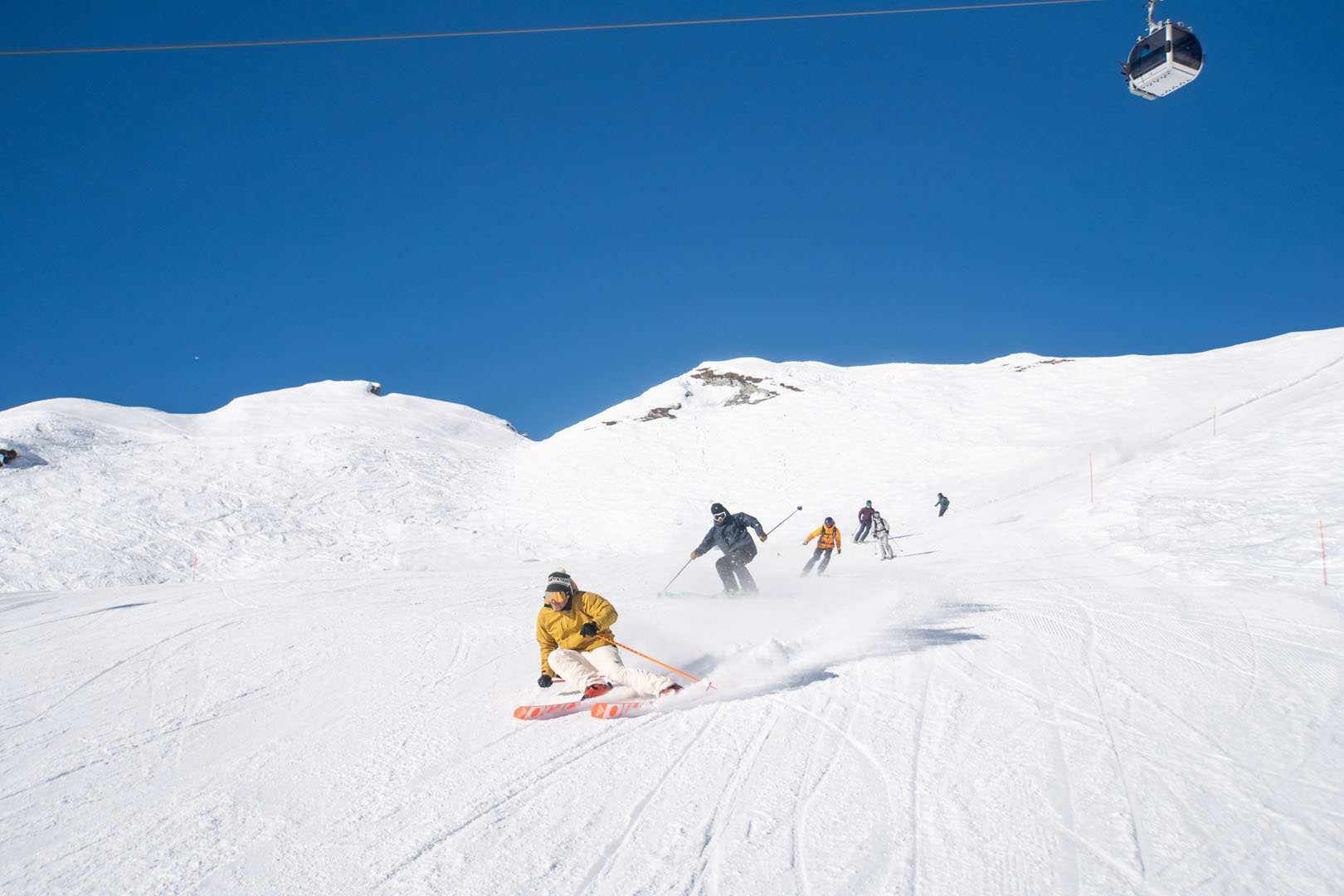
Bringing back together now – in light of this world view, and as a snowsports community, what can we do to improve the situation for generations to come? What are we doing to leave the community stronger with each season?
In my deepest lows, skiing was the thing that got me out of bed. It built connections and provided the shine on life that I so dearly needed. Was the purpose of my life to ski? By no means, but it did distract me for long enough to process a few deeper issues that lay beneath the surface. It grew a community of people who I dearly love that would check in on me and force me to have real conversations about real life.
The mountains forge friendships like nowhere else, where mates become brothers & sisters. Where ice runs in the veins and friendships are truly intergenerational. In the mountain community, we have an equalising passion that enables youth to fraternise, learn from, and genuinely play with adults in a manner that has been lost in a world rife with inter-generational warfare and blame-shifting. This provides an incredible opportunity to gain wisdom and talk with those who have fought the same battles before us.
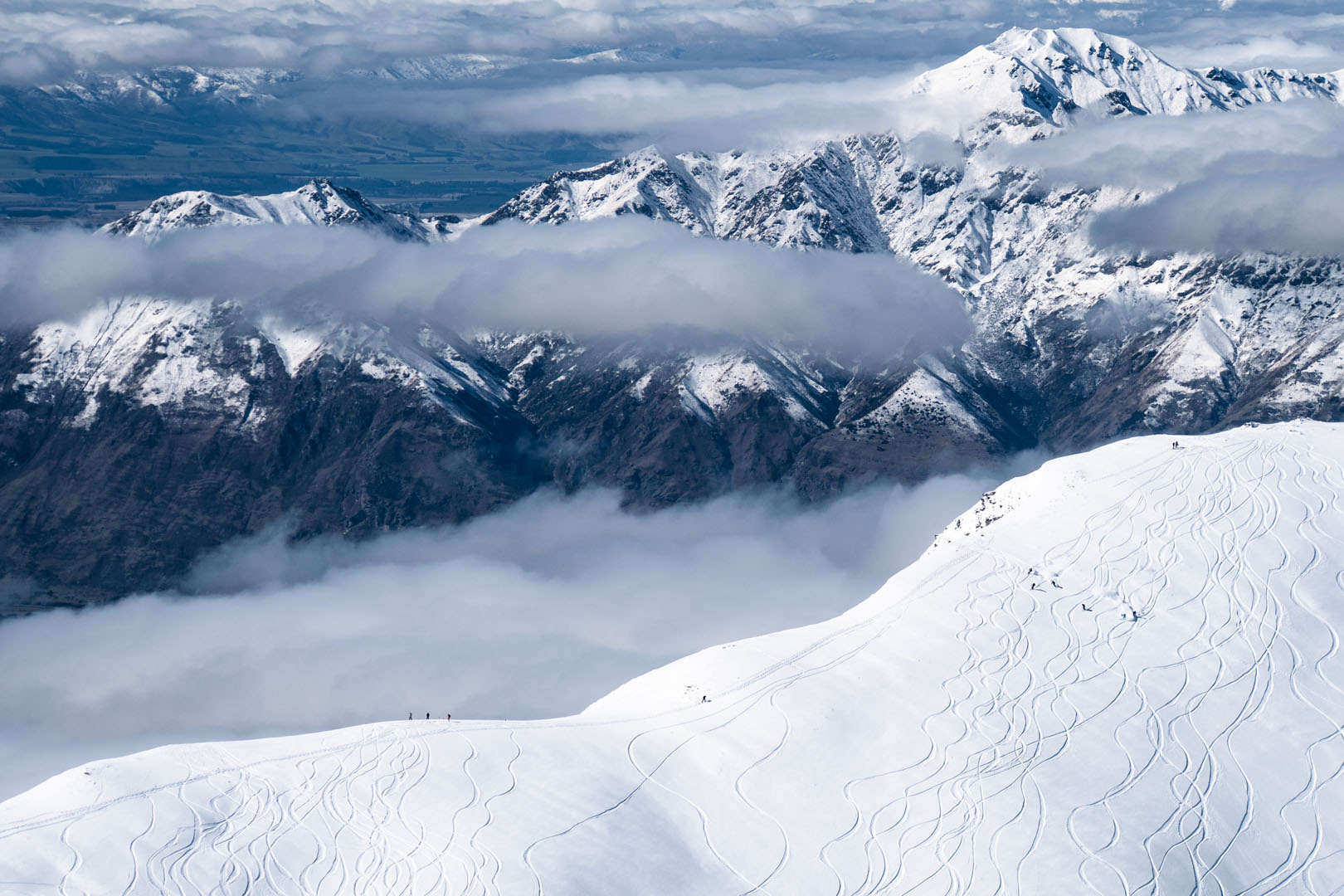
So as a community, and individually, here is my charge. Be vulnerable, and share your struggles with each other. We are all fighting for breath in a raging torrent, so be respectful, patient, and listen. Be present in the tough times. Support (and encourage) sobriety – no problem was ever easier to solve with blurred vision. Reach out to friends in self-imposed social reclusion. Share a cup of tea, a campfire, a movie. Sit in silence, hug. Meet each other where you’re at. Share your appreciation for your friends. Tell the homies that you love them.
And keep skiing.
because even in the deepest lows, the mountains have a special power to restore the colour into a grey world.
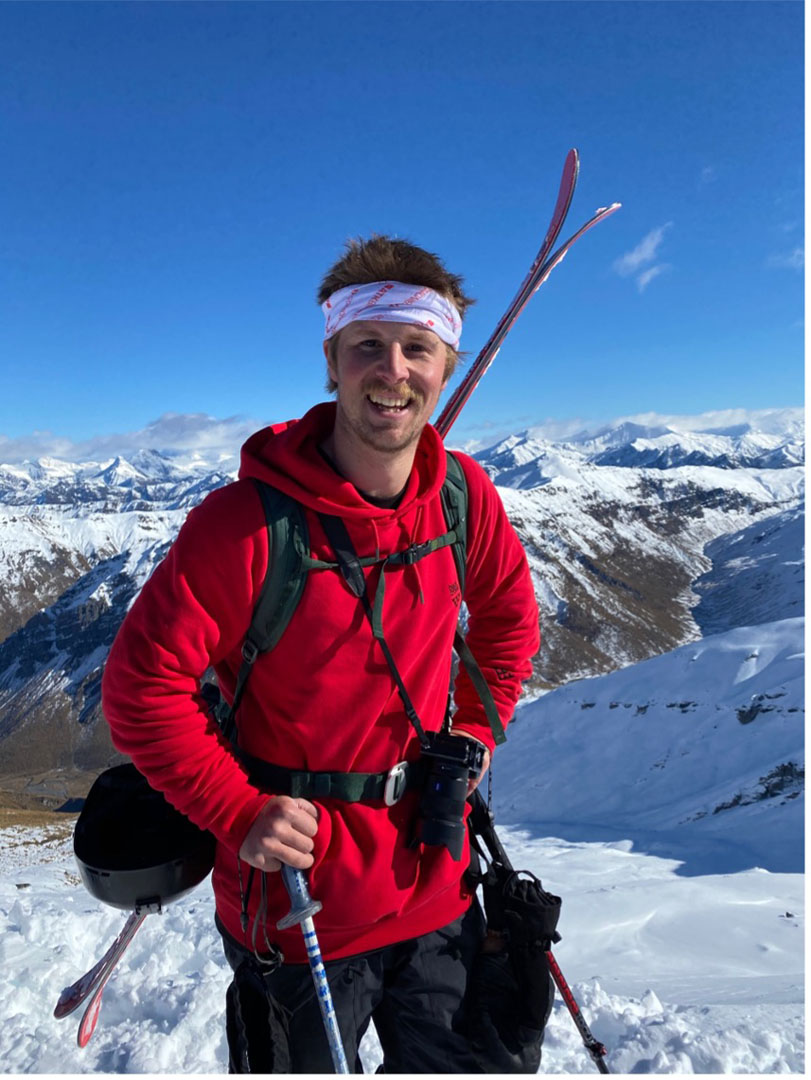
About the author:
Michael Bollen was raised in small-town New Zealand, and is now based in Lausanne, Switzerland, where he studying for a doctorate degree. Michael is a Christian, whose love for the outdoors and science originates from a fascination with the created natural environment and the processes required to form and maintain it. His current research focuses on understanding interactions between the ice-caps, oceans, climate, and geology. He is a passionate adventure sports photographer, and is an ambassador for Black Crows, ATK Bindings, and Earth Sea Sky equipment.
Photos by Michael Bollen, with contributions from Jason Beacham, Arabella McLeay, and Nick Pascoe.
